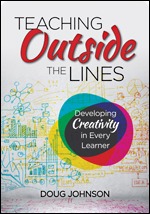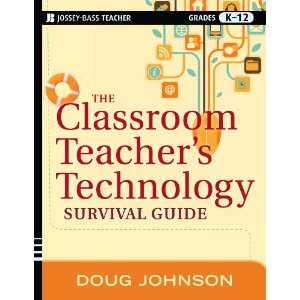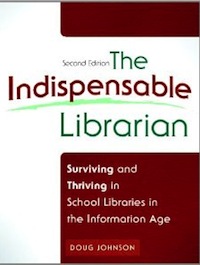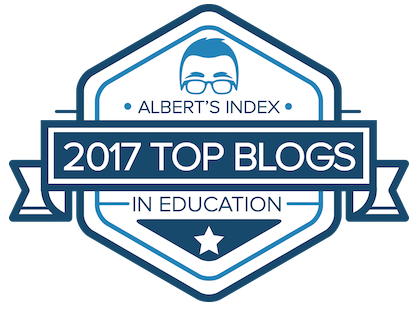Beginning rubric 6 - databases
 Saturday, March 8, 2008 at 11:29AM
Saturday, March 8, 2008 at 11:29AM This a continuation of the 2008 revision of the CODE77 rubrics - Basic level. An introduction is here.
VI. Database use (1995)
Level 1 I do not use a database, nor can I identify any uses or features it might have which would benefit the way I work.
Level 2 I understand the use of a database and can locate information within one that has been pre-made. I can add or delete data in a database.
Level 3 I use databases for personal applications. I can create an original database - defining fields and creating layouts. I can find, sort, and print information in layouts which are clear and useful to me.
Level 4 I can use formulas with my database to create summaries of numerical data. I can use database information to do mail merge in a word processing document. I use the database not only for my work, but have used it with students to help them improve their own data keeping and analysis skills.
VI. Database use (NETS I.A., I.B., V.C.) (2002)
Level 1 I do not use a database, nor can I identify any uses or features it might have which would benefit the way I work.
Level 2 I understand the function of a database and can locate information within one that has been pre-made. I can add or delete data in a database.
Level 3 I use databases for professional applications. I can create a simple original database that has a professional application such as an address book by defining fields and creating layouts. I can find, sort and print information that is useful to me. I can use my building’s student information system database to find information about students in my class.
Level 4 I can use formulas with my database to create summaries of numerical data. I can use database information to do mail merge in a word processing document. I use the database not only for my work, but have used it with students to help them improve their own data keeping and analysis skills.
VI. Database use (NETS ?) (2008)
Level 1 I do not use a database, nor can I identify any uses or features it might have which would benefit the way I work.
Level 2 I understand the function of a database and can locate information within one that has been pre-made. I can add or delete data in a database.
Level 3 I use databases for professional applications. I can create a simple original database that has a professional application such as an address book by defining fields and creating layouts. I can find, sort and print information that is useful to me. I can use database information to do mail merge in a word processing document. I can use my building’s student information system database to find information about students in my class.
Level 4 I can use formulas with my database to create summaries of numerical data. I can use database information to do mail merge in a word processing document. I use the database not only for my work, but have used it with students to help them improve their own data keeping and analysis skills. I can use cloud-based databases for collaborative and shared work.
Hmmm, again not many changes here. I see fewer teachers creating databases and more using already created ones. Hey, I seem to be using a database less and less myself. (I still love FileMakerPro!) Should database creation even remain a "basic" computer competency?
Other time database tasks? Next up: VII. Graphics and digital image use








